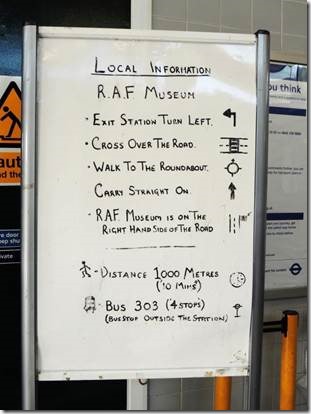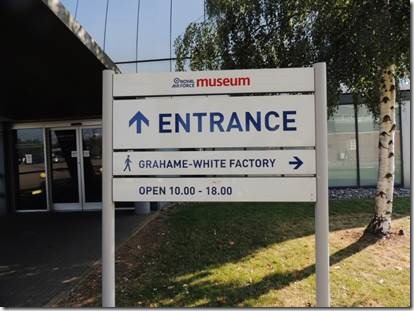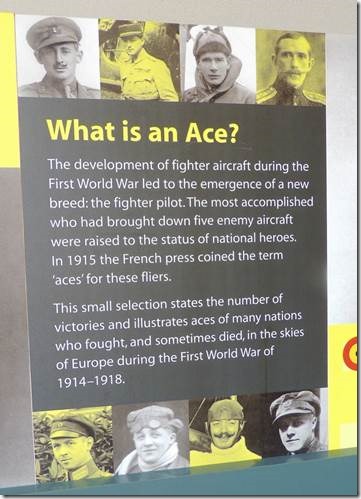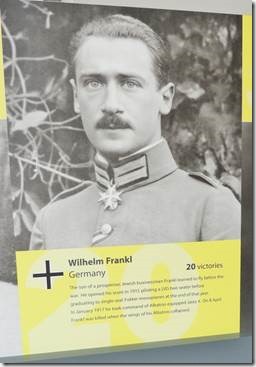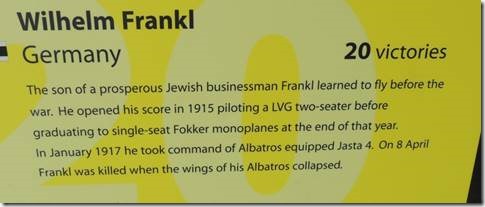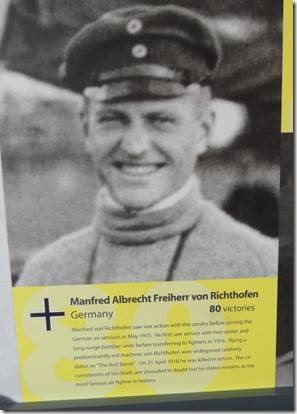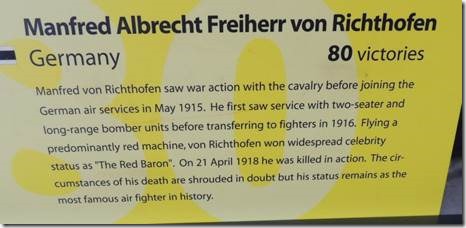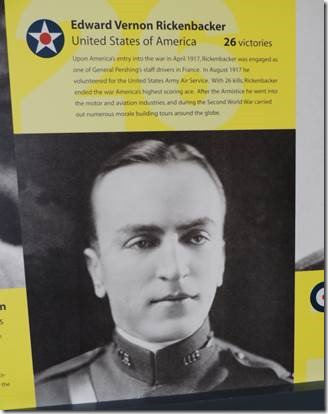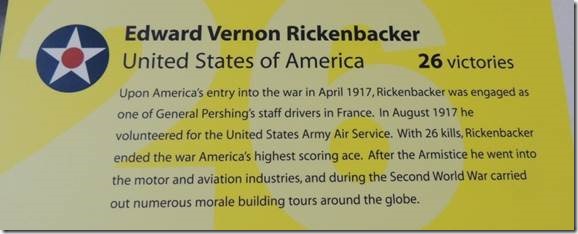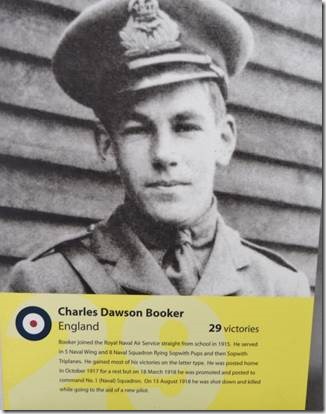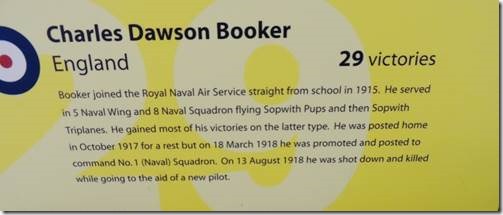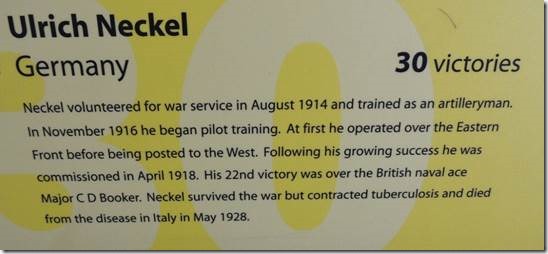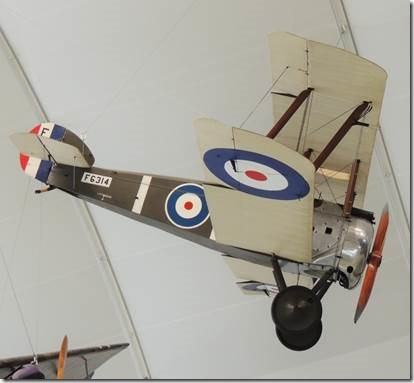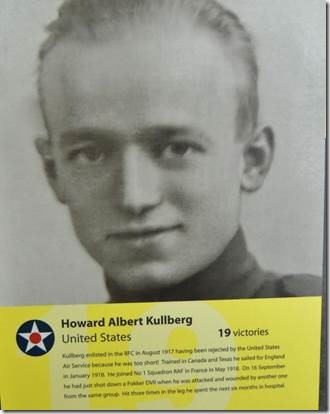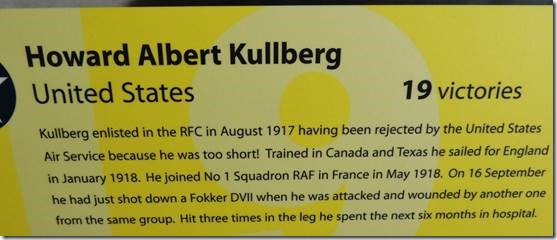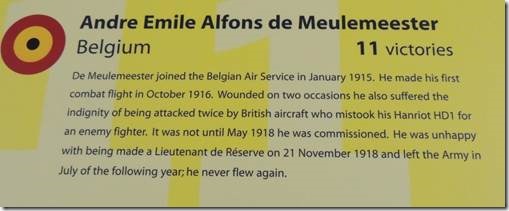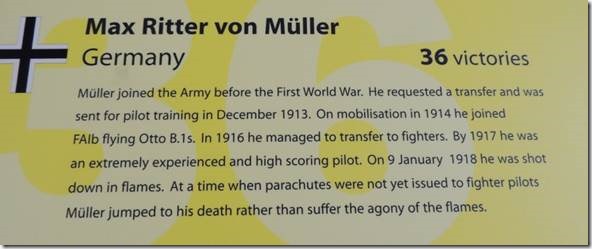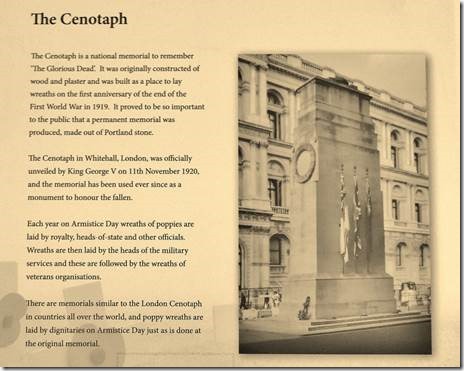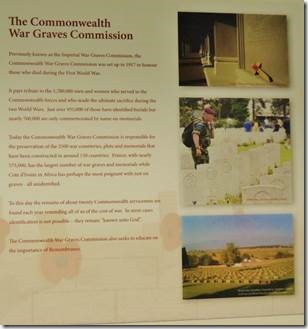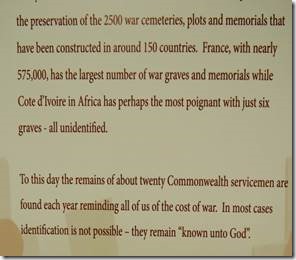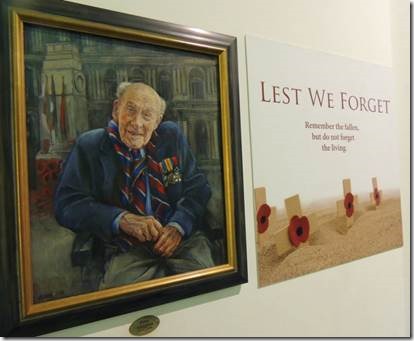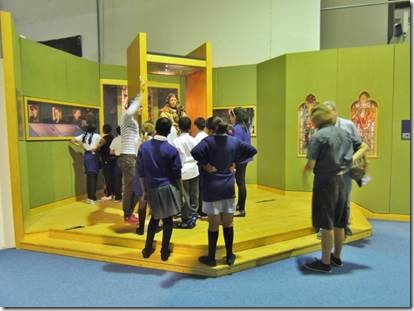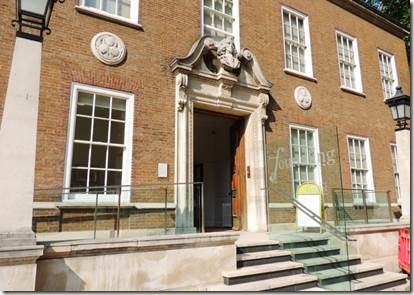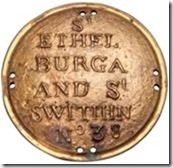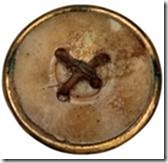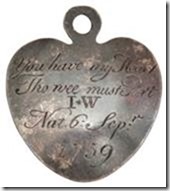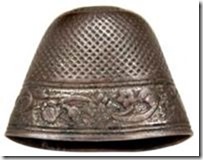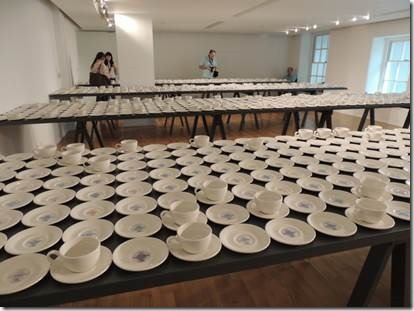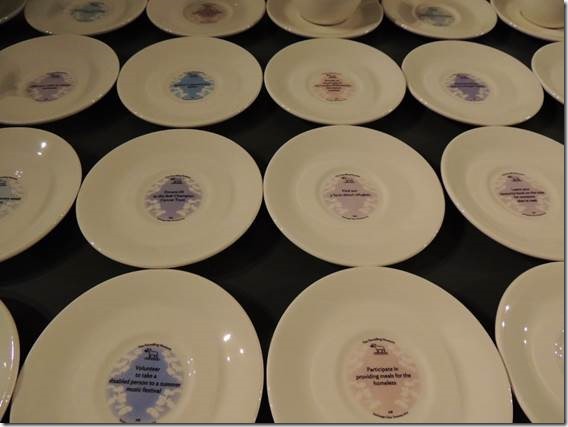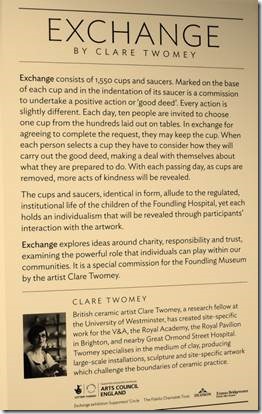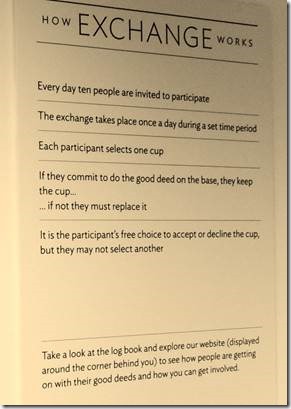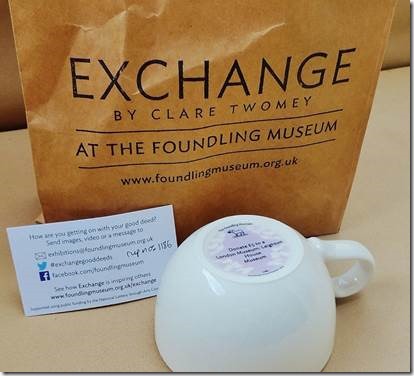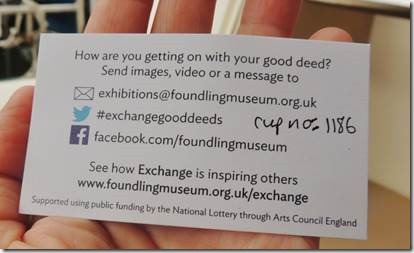Cheers,
Yesterday we visited Parliament. No photos allowed, but the tour was quite interesting as was my trying to actually get into the building with my clothing and backpack setting off the scanner. They took everything in my already disorganized bag out, I had two small bags inside, and rescanned the bag again and then said, “thank you madam,” and that was that. I almost missed our tour as I had to go to the loo too especially after that introduction. Actually the guard, checking visitors prior to the scanning guards, wanted to know if we’d ever heard of the NRA which he’d encountered having been in Houston during an NRA convention. He’d been to both Houston and Arizona. We just said we’d heard of it. Randal and I have one view and Republican John has another so best say nothing at all. When we saw him at the end he made a point to say goodbye and I asked if he’d visited the Grand Canyon. Yes, he had hiked the South Rim. John then mentioned how pretty the girls of Texas are and he said he’d never been to Texas. So either he was pulling our legs about the NRA or he didn’t quite realize that Houston was in Texas. But our very first guard who was walking the length of the ticket holder line asked if we had knives or pepper spray. We were expecting him to ask about our tickets and his “accent” was strong so mostly he got blank looks from Randal John and me. I think one of us must have asked him to repeat his question because then he showed us a picture and asked again.
After the tour we returned to the boat and John packed up and went off to get his rental car and tour England before leaving for France. Randal and I chose to stay put for a bit after our long travels to get here. As the weather had cleared we did walk to the John Harvard library in the afternoon, the closest public library to SKD. The library is across the river so we started out over Tower Bridge. TB was closed, “for 5 minutes” one of the dozen “bobbies” said for a demonstration by some right wing “anti-immigrationists” so we backed up a bit, went under the bridge, and crossed the London Bridge. It was about 1.5 miles walking directly to the library (according to Google earth) which was quite busy. When we return with a SKD showing proof of residency I can get a card! Yippee. The we visited the Borough Market for two minutes. It’s a gigantic version of the Roanoke Market with a zillion upscale vendors. And just about half of London there, or so it seemed. Everything here is filled with people unless you’re out really early. Then we walked along Tooley Street back to Tower Bridge and guess what; it was still closed for a few hours! So we had to walk from Tower Bridge to London Bridge, back across and from London Bridge to Tower Bridge, again! We were pretty pooped to say the least. If it had been a demonstration for something we supported, maybe it wouldn’t have seemed so annoying. I do know it’s a bigger issue for small European countries than for a big country like the US created mostly by immigrants from someplace else.
This email is about our visit to the Royal Air Force Museum, my version. By that I mean, you can visit the website and read way more than I can tell (and it will for sure be accurate,) but I see things and write about what interests me. In this case just a tiny bit of the whole complex. But then I guess that’s what I’ve done ever since we started this adventure so it shouldn’t come as any surprise.
Ru
Royal Air Force Museum http://www.rafmuseum.org.uk/
The RAF Museum was on John’s to-see list and something of interest to Randal: I just tagged along. I did find bits that interested me, mostly the humans involved. And having read Peanuts comics I knew the Red Baron and the Sopwith Camel. The actual aircraft didn’t interest me. But it was a lovely day and I enjoyed reading my book and drinking a cup of tea at a shady picnic table outside the Wings Restaurant.
|
Helpful sign at the tube exit. It also suggests that you can walk a little over half a mile in 10 minutes which is just about right. |
|
This caught my eye as there’s a Graham-White Manufacturing in Salem, VA |
|
I spent the most time in the museum reading about the pilots who earned the title Ace. You saw the person and read his story be he American, British or German. |
|
He was the only Ace whose religion was noted in the description |
|
The Red Baron |
|
American Eddie Rickenbacker |
|
Booker Flew a Sopwith Pup, not a Camel like Snoopy Ulrich Neckel was the Ace who shot down Booker. He survived the war but died of tuberculosis in 1928 |
|
This is a Sopwith Camel named for its producer Thomas Sopwith of Sopwith Aviation “The name “Camel” was derived from the hump-shaped cover over the machine guns. In order to combat Zeppelins, the Navy’s Camels were flown from barges towed behind destroyers, from platforms on the gun turrets of larger ships as well as from early aircraft carriers. A Camel 2F.1 successfully flew after being dropped from an airship, an experiment testing an airship’s ability to carry its own defensive aircraft.” http://www.canadianflight.org/content/the-sopwith-camel |
|
Too short for the US Air Services he became an Ace for the RAF : according to my least favorite source Wikipedia, Kullberg was born in Sommerville, Massachusetts |
|
Wounded by Friendly Fire twice |
|
Died because parachutes weren’t issued to fighter pilots. |
|
“The Cenotaph in Whitehall, London has played host to the Remembrance Service for the past nine decades. But how did the monument become such an indelible part of the UK’s commemoration of those who lost their lives in past conflicts? Originally intended as a small part of the Peace Day events of July 1919, The Cenotaph was designed and built by Edwin Lutyens at the request of the then Prime Minister Lloyd George The Cenotaph – which literally means Empty Tomb in Greek – was initially a wood and plaster construction intended for the first anniversary of the Armistice in 1919. At its unveiling the base of the monument was spontaneously covered in wreaths to the dead and missing from The Great War. Such was the extent of public enthusiasm for the construction it was decided that The Cenotaph should become a permanent and lasting memorial. The Cenotaph, made from Portland stone, was unveiled in 1920. The inscription reads simply "The Glorious Dead". On the Sunday nearest to 11 November at 11am each year, a Remembrance Service is held at the Cenotaph to commemorate British and Commonwealth servicemen and women who died in the two World Wars and later conflicts. The monarch, religious leaders, politicians, representatives of state and the armed and auxiliary forces, gather to pay respect to those who gave their lives defending others. The service has changed little since it was first introduced in 1921, hymns are sung, prayers are said and a two minute silence is observed. Official wreaths are laid on the steps of The Cenotaph. The ceremony ends with a march past of war veterans; a poignant gesture of respect for their fallen comrades. Services of Remembrance are held at war memorials and cenotaphs throughout Britain and the Commonwealth nations. While the style and size of these memorials vary considerably from place to place, an exact replica of Lutyens’ Cenotaph stands proudly in London, Canada.” |
|
In Georgetown Penang I visited the Jewish Cemetery and was told a British soldier was buried there and his grave was maintained by the British Government. I was able to search the website and find the cemetery and the soldier listed. PENANG (JAHUDI ROAD) JEWISH CEMETERY Malaysia 1 COHEN, LOUIS VICTOR Second Lieutenant 09/10/1941 23 9th Jat Regiment Indian PENANG (JAHUDI ROAD) JEWISH Son of Sassoon Jacob and Seemah Cohen, of Calcutta, India. We also drove by the Commonwealth Cemetery in Tunisia |
|
Farewell to WW1 From memory to history With the deaths of Harry Patch, at 111, and Henry Allingham, at 113, the last memories of fighting on the front in the first world war have gone. Dec 17th 2009 |From the print edition The Economist http://www.economist.com/node/15108655 “The fact that it was not has made no difference. It remains a live wound. In Britain its chronology still overhangs the national curriculum. Its poems and songs—such poems, such songs, as if war’s horror and nonsense had never been articulated before—still lodge in people’s heads. Yet for men like Mr Patch and Mr Allingham, who were there, the sheer overload of the war—on senses, mind, spirit and body—was so immense that for decades they had nothing to say. Only when they passed 100, under gentle nudging from other people, did they break their silence. The words tumbled out then, unable to be suppressed. In the end, said Mr Allingham, though oblivion was what war deserved, “it seemed more disrespectful to ignore what had gone on than to talk about it.” They wrote a book each, bending close to the page to append a spidery signature; they gave talks to schools, colleges, servicemen’s associations, in voices that had almost worn away. Frail as birds, wrapped up as something precious and irreplaceable, they let themselves be wheeled to windswept beaches and cenotaphs. Journalists were received with spry, straight-backed politeness; and when they left the old soldiers continued to sit, erect but far away, with the sun gleaming on their medals….. Allingham, meanwhile—having fallen in love with flying ever since he had watched an aircraft slowly circling as a boy—learned to fly Avro biplanes and Sopwith Schneiders, looking for German ships off the east coast of England. No sooner had flying been invented than it was turned to belligerence. His craft were just “motorised kites” made of fabric, wood and wire, with open cockpits, so that he needed to smear his face with Vaseline or whale-oil before going up. Like Mr Patch he had a Lewis gun, which at first had to be fired through the propeller. He also had an Enfield rifle. Two carrier-pigeons, in a basket, took the place of a radio; there was no parachute.” |
|
School kids touring the RAF Museum There was a display illustrating the history of diversity in the RAF showing people of all color and gender now being recruited and promoted within the ranks. |

